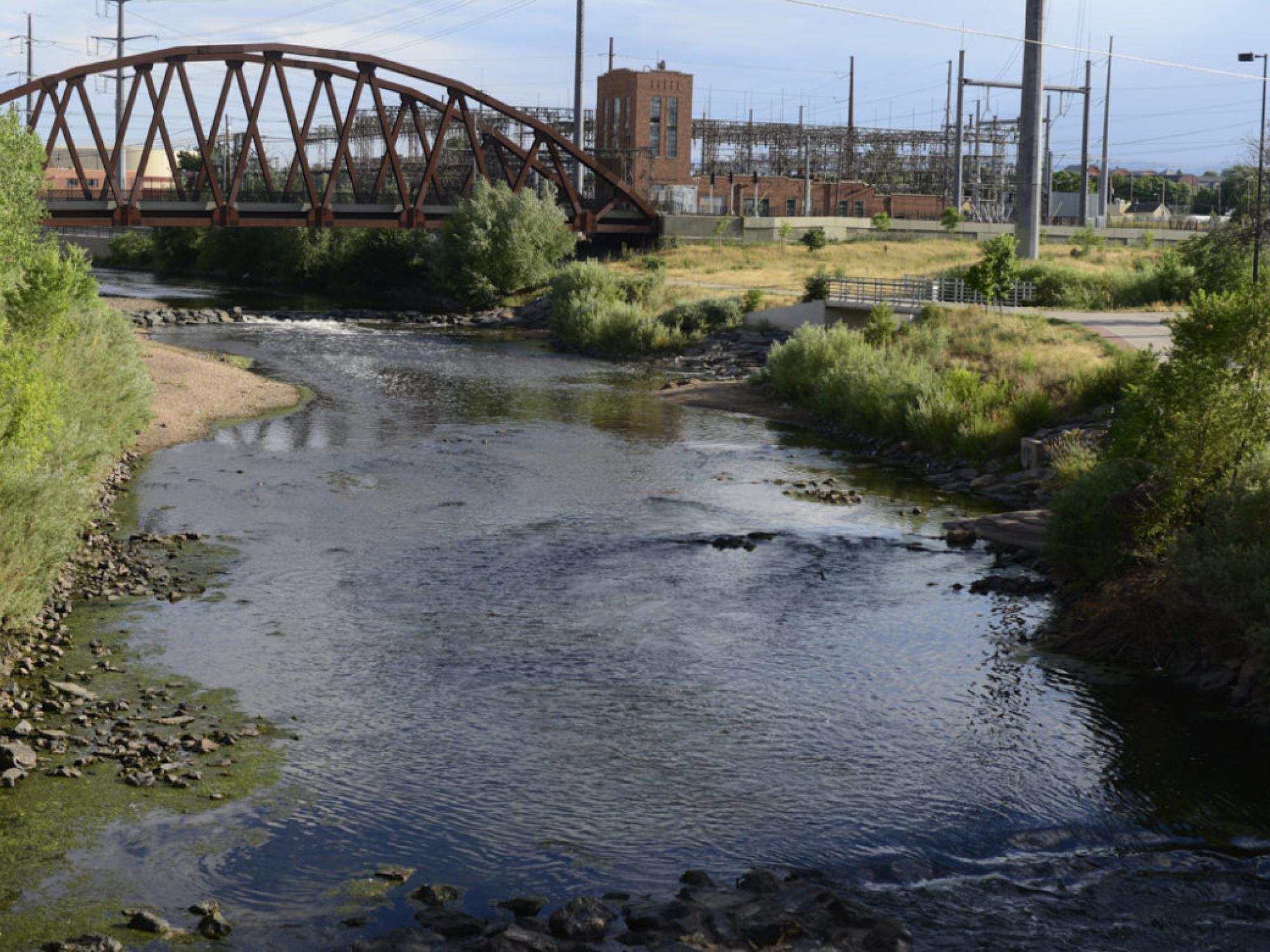DENVER — A multibillion-dollar reservoir and pipeline project may one day pull more than 50,000 acre-feet of water per year from the South Platte River before it reaches Nebraska. That’s more than 16 billion gallons of water, enough to fill 25,000 Olympic-sized swimming pools.
The possible project is laid out in a new report from the South Platte Regional Opportunities Water Group, or SPROWG, a group of water managers from the Front Range. If built, the project would enable Front Range water managers to repeatedly reuse water diverted from the Colorado River, something Western Slope water managers have long encouraged and see as a welcome shift.
“There is a lot of fully reusable water that makes its way down the South Platte,” said Eric Kuhn, a retired manager of the Colorado River Water Conservation District who now writes about Colorado River issues. “This is something that people on the Western Slope have been trying to encourage for probably 70 years.”
The group used a $350,000 grant from the Colorado Water Conservation Board and the South Platte Basin and Metro Basin roundtables to complete the year-long study, which was released in March. The group members hope the project could help close a water-supply gap of as much as 540,000 acre-feet that the state is projecting for the South Platte River basin by 2050.
Since the 1930s, Front Range water planners have looked west to bolster their water supplies. An elaborate series of reservoirs, underground tunnels and pipelines now conveys about 400,000 acre-feet of water annually from the Colorado River headwaters to the South Platte basin.
Water is diverted from the Colorado, Fraser, Blue, Eagle, Fryingpan and Roaring Fork rivers in Grand, Summit, Eagle and Pitkin counties and sent under the Continental Divide to the South Platte basin.
Large projects on the South Platte were previously written off due to the high costs of water treatment, but as the cost and controversy surrounding transmountain diversions have grown, a project such as SPROWG — which would have seemed expensive decades ago — is now on par with most other supplies of water. Depending on which concept configuration is used and whether the water will need to be treated, building the project would cost between $1.2 billion and $3.4 billion to build.
